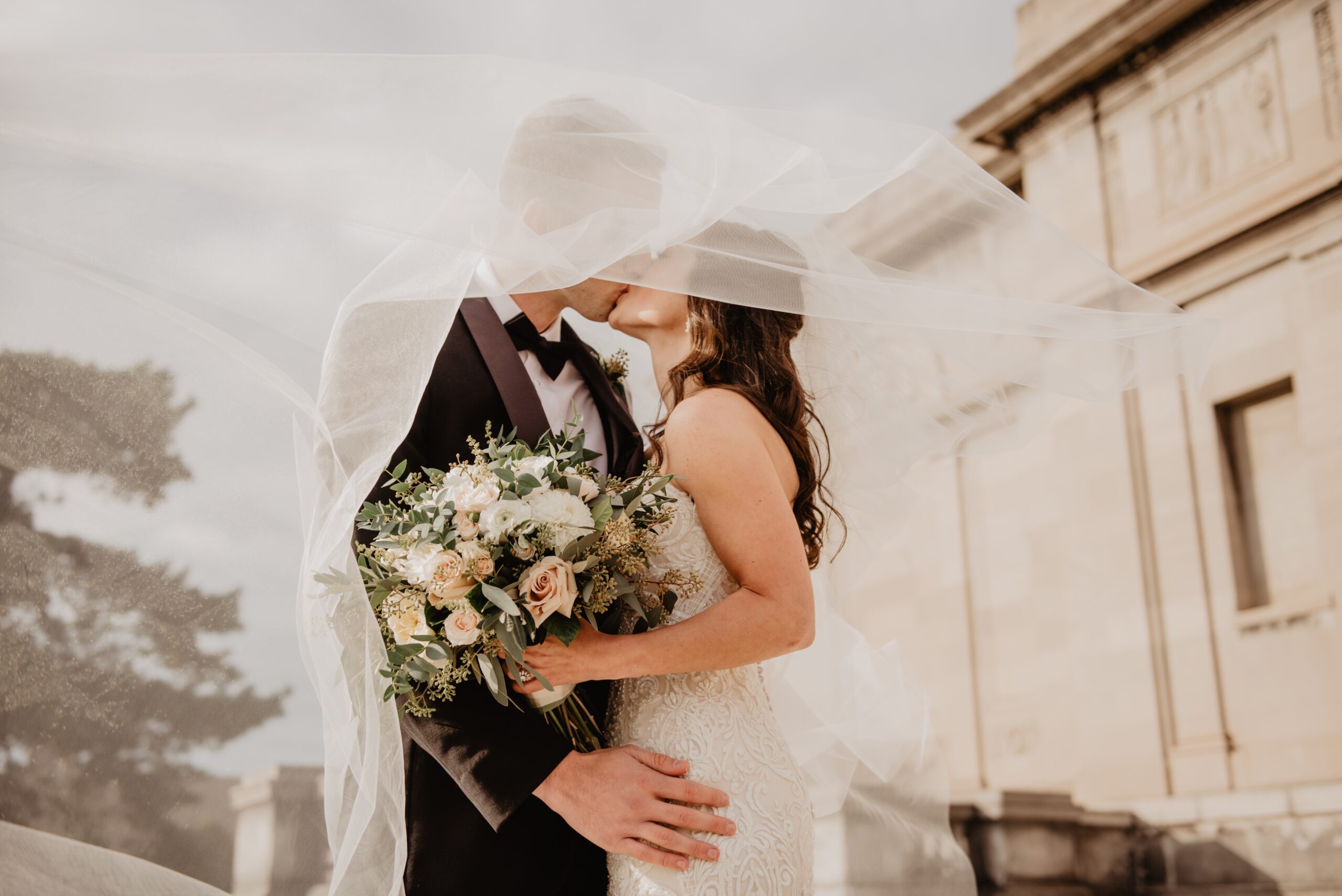Planning a wedding can be an exciting and overwhelming experience. From choosing the perfect venue to finding the right vendors, there are countless decisions to make. One essential tool that can help you stay organized and ensure a smooth process is a wedding planning timeline. In this comprehensive guide, we will show you why unlocking the secrets of a smooth wedding planning timeline will keep you on track and stress-free throughout the entire planning process.
Why a wedding planning timeline is essential
A wedding planning timeline is like a roadmap that guides you through the planning process, ensuring that you don’t miss any important details or deadlines. It allows you to break down the tasks into manageable steps and helps you stay organized. By having a clear timeline, you can prioritize your tasks, allocate your budget wisely, and avoid any last-minute panic. Whether you have a year or a few months to plan your wedding, a well-structured timeline will keep you focused and in control.

Setting a wedding date and determining your budget
The first step in creating your wedding planning timeline is setting a wedding date. Consider factors such as the season, availability of your preferred venue, and the schedules of your closest family and friends. Once you have a date, you can move on to determining your budget. Setting a realistic budget is crucial because it will influence all your decisions moving forward. Take into account all the elements of the wedding, from the venue and catering to attire and decorations. By allocating your funds wisely, you can ensure that your wedding is both memorable and within your financial means.
Booking your wedding venue and vendors
With your date and budget in place, it’s time to start booking your wedding venue and vendors. Research different venues that align with your vision and budget, and schedule site visits to get a feel for each location. Once you’ve found the perfect venue, secure your date by signing a contract and making a deposit. Next, start reaching out to vendors such as caterers, photographers, and florists. Take your time to compare options, read reviews, and meet with potential vendors to ensure they are the right fit for your wedding. Once you’ve made your selections, sign contracts and make any necessary deposits to secure their services.
Creating a guest list and sending out save-the-dates
Creating a guest list is an important step in the wedding planning process. Start by listing all the people you want to invite, including family, friends, and colleagues. Consider your budget and venue capacity when finalizing your guest list. Once you have your guest list, it’s time to send out save-the-dates. Save-the-dates are a way to inform your guests about your upcoming wedding and give them ample time to make arrangements. Include essential details such as the date, location, and a website with further information. Sending out save-the-dates early will ensure that your loved ones can mark their calendars and plan accordingly.

Choosing and ordering your wedding attire
Your wedding attire is a crucial aspect of your big day, so it’s important to start the search early. Begin by browsing online and visiting bridal boutiques to get an idea of the styles you like. Schedule appointments to try on different dresses or suits and bring along trusted friends or family members for their input. Once you’ve found the perfect attire, place your order and allow enough time for alterations. Don’t forget to consider accessories such as shoes, jewelry, and veils. For bridesmaids and groomsmen, coordinate their attire with your own and communicate any specific requirements to ensure a cohesive look.
Planning the wedding ceremony and reception
Now that the major elements are in place, it’s time to focus on planning the details of your wedding ceremony and reception. Start by working with your officiant to create a personalized ceremony that reflects your values and beliefs. Choose meaningful readings, select music, and think about any special rituals or traditions you want to incorporate. For the reception, consider the flow of the evening and plan the timeline accordingly. Think about the order of events, such as the first dance, speeches, and cake cutting. Create a seating plan and consider any dietary restrictions or preferences of your guests. By carefully planning these elements, you can ensure that your wedding day runs smoothly.
Hiring a photographer and videographer
Capturing the memories of your special day is essential, so hiring a professional photographer and videographer is highly recommended. Start by researching different photographers and videographers in your area. Look at their portfolios, read reviews, and meet with potential candidates to discuss your vision. Ask about their packages, pricing, and any additional services they offer. Once you’ve made your decision, book their services and discuss any specific shots or moments you want them to capture. Providing a shot list and a timeline of the day’s events will help ensure that you get the photos and videos you’ve always dreamed of.

Finalizing details and confirming with vendors
As your wedding day approaches, it’s important to finalize all the details and confirm with your vendors. Review all your contracts and make sure you understand the terms and conditions. Reach out to each vendor to confirm the details of their services and communicate any changes or special requests. Create a detailed timeline for the day, including the arrival and setup times for each vendor. Share this timeline with all your vendors and the wedding party, so everyone is on the same page. By staying organized and communicating effectively, you can minimize any potential last-minute surprises or issues.
The week before the wedding: last-minute preparations
In the week leading up to your wedding, there are a few last-minute preparations that you should take care of. Confirm all the final details with your vendors, including delivery times and any outstanding payments. Pack your overnight bag for the wedding night and create an emergency kit with essentials like safety pins, tissues, and pain relievers. Meet with your wedding party to go over the timeline and assign any remaining tasks. Take some time to relax and pamper yourself with a spa day or a massage. Remember to get a good night’s sleep the night before your big day to ensure you look and feel your best.
The wedding day: executing your timeline
Finally, the day has arrived! It’s time to execute your carefully crafted wedding timeline. Start the day by allowing yourself enough time to get ready and enjoy a leisurely breakfast. Make sure you have all your essentials, such as your wedding rings and marriage license, packed and ready to go. Stick to your timeline as closely as possible, but also be flexible and prepared for any unexpected changes or delays. Take moments throughout the day to breathe, relax, and soak in the joy of your wedding. Trust in the planning you’ve done and allow yourself to fully embrace the experience.
After the wedding: post-wedding tasks and thank you notes
Once the festivities are over, there are a few post-wedding tasks that you need to take care of. Return any rental items, such as decor or attire, and settle any outstanding payments with your vendors. Write and send out thank you notes to your guests, expressing your gratitude for their presence and any gifts they may have given. Take some time to reflect on your wedding day and cherish the memories you’ve created. Consider preserving your wedding dress or suit and create a wedding album or video to commemorate the day. Most importantly, enjoy the beginning of your journey as a married couple.

Additional tips for a smooth wedding planning timeline
- Start early: The earlier you start planning, the more time you’ll have to research and make decisions.
- Delegate tasks: Don’t be afraid to ask for help from friends and family. Delegate tasks to lighten your load.
- Stay organized: Use tools like spreadsheets, calendars, and wedding planning apps to stay organized and track your progress.
- Communicate effectively: Keep open lines of communication with your partner, vendors, and wedding party to ensure everyone is on the same page.
- Take breaks: Wedding planning can be stressful, so make sure to take breaks and prioritize self-care throughout the process.
Conclusion
Creating a wedding planning timeline is an essential step in ensuring a smooth and stress-free planning process. By breaking down the tasks into manageable steps and staying organized, you can navigate the journey to your big day with ease. Remember to be flexible, communicate effectively, and enjoy the process. Now that you have the secrets to unlocking a smooth wedding planning timeline, it’s time to start planning and bring your dream wedding to life. Contact VIDA Weddings to get your FREE wedding guide and start your journey towards a memorable and seamless wedding day.
Make sure to explore our additional blog articles for a more extensive range of wedding-related content.







